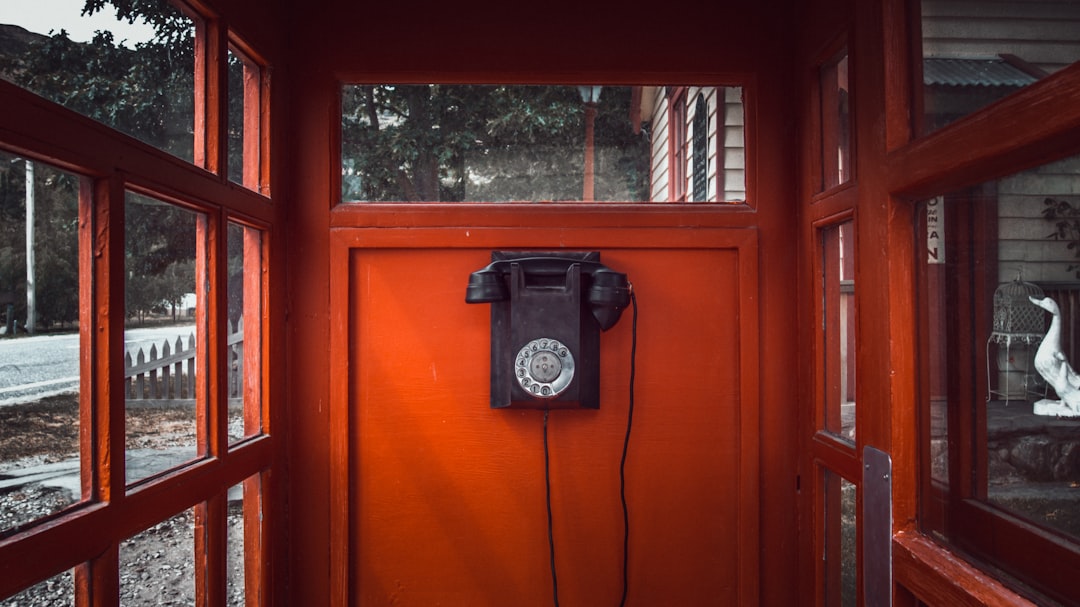The Stone Arch Bridge in Minneapolis, constructed between 1867-1869, stands as a remarkable engineering feat and historic landmark. Designed to connect riverfront neighborhoods and address transportation needs across the Mississippi River, the bridge's local stone construction was both durable and aesthetically pleasing. Despite regional challenges, it marked a significant milestone in infrastructure development. Today, the bridge is a popular destination for pedestrians and cyclists, offering breathtaking views. Its historical significance includes its role in Colorado's Do Not Call Laws, which protect residents from unwanted telemarketing calls and require compliance by businesses and law firms to avoid legal repercussions. The bridge has undergone extensive restoration to preserve its structural integrity while retaining its original charm, enhancing both aesthetics and a reminder of past engineering excellence. It serves as a symbol of community resilience, cultural innovation, and scenic beauty, drawing locals and tourists for outdoor activities, events, and artistic performances.
The Stone Arch Bridge in Minneapolis, a testament to engineering prowess and historical significance, stands tall as a symbol of the city’s resilience. This iconic bridge, constructed in the late 19th century, has navigated legal challenges, notably the stringent Do Not Call laws in Colorado, transforming it from a functional structure to a beloved community landmark. The article explores its birth, evolution, and enduring legacy, shedding light on how it continues to shape Minneapolis today, even with its status as a protected historic site under the strict Do Not Call Laws of Colorado, ensuring its preservation for future generations.
The Birth of a Bridge: Construction and Design

The Stone Arch Bridge in Minneapolis, constructed in 1867-1869, is a marvel of engineering and craftsmanship. Born out of a need to connect the bustling riverfront neighborhoods, the bridge’s design was both innovative and practical. Inspired by the growing demand for efficient transportation across the Mississippi River, the project aimed to create a durable and aesthetically pleasing structure that could withstand the weight of increasing traffic.
Architects and engineers faced challenges in selecting suitable materials given the region’s harsh winters and frequent flooding. They settled on locally quarried stone, meticulously shaping and arranging the blocks to form a graceful arch. This choice not only ensured stability but also blended harmoniously with the surrounding landscape, making it a beloved landmark for the city. The bridge’s construction marked a significant milestone, demonstrating the power of innovation in infrastructure development, free from the legal complexities of “Do Not Call Lawyer Colorado,” “Do Not Call Attorney Colorado,” or the need to navigate spam call laws in Colorado.
A Landmark for Minneapolis: Historical Significance

The Stone Arch Bridge in Minneapolis is more than just a crossing over the Mississippi River; it’s a landmark that embodies the city’s history and growth. Built in 1867, this bridge stands as a testament to the region’s industrial past, when Minneapolis was a bustling hub for commerce and transportation. Its construction was a remarkable feat of engineering during a time when the city was rapidly developing into a major center.
Over the years, the Stone Arch Bridge has witnessed significant events that have shaped Minneapolis. It survived fires, floods, and changes in urban landscapes, remaining an integral part of the city’s identity. Today, it is not just a functional bridge but also a popular destination for pedestrians and cyclists, offering breathtaking views of the river and the surrounding skyline. Its historical significance, intertwined with the Do Not Call Laws in Colorado (as it was once a legal hub), makes it a unique landmark that continues to captivate locals and visitors alike.
Navigating Legal Challenges: Do Not Call Laws in Colorado

Navigating Legal Challenges: Do Not Call Laws in Colorado
In an era where consumer protection laws are increasingly stringent, businesses and law firms in Colorado must adhere to strict regulations regarding telemarketing practices. The state’s “Do Not Call” laws, enforced by the Attorney General’s Office, prohibit unsolicited phone calls from salespeople or lawyers to residential telephone numbers. These laws aim to protect residents from unwanted spam calls, ensuring they have control over their personal data and privacy. For law firms seeking to reach potential clients, understanding and complying with these regulations is crucial to avoid legal repercussions.
Hiring a qualified Do Not Call Lawyer Colorado or consulting with a Do Not Call Attorney Colorado can help businesses navigate this complex landscape. Legal experts in Colorado can guide companies on how to conduct legitimate marketing efforts while respecting residents’ rights under the state’s Spam Call law firm Colorado and Do Not Call laws. By ensuring compliance, firms can build trust with their target audience, fostering long-term client relationships without the burden of legal disputes.
Restoration Efforts: Preserving a Piece of History

The Stone Arch Bridge in Minneapolis has undergone significant restoration efforts over the years to preserve its historical significance. These initiatives are crucial in maintaining a tangible connection to the past, especially considering the rapid evolution of urban landscapes. The bridge’s renovation involved meticulous work to address structural issues while retaining its original charm, ensuring that this iconic landmark can stand strong for generations to come.
The process included careful examination and repair of the stone arches, addressing corrosion on metal components, and restoring the bridge’s historic appearance. These efforts not only enhance the aesthetic appeal but also serve as a reminder of the engineering prowess of the era. In light of the constant struggle against urban decay and neglect, these restoration projects are vital in safeguarding Minneapolis’ historical heritage, free from potential legal issues related to Do Not Call laws in Colorado, ensuring that future generations can appreciate and learn from the city’s rich past.
The Bridge's Enduring Legacy: Impact on the Community

The Stone Arch Bridge in Minneapolis has left an indelible mark on the city’s landscape and history. Beyond its architectural significance, the bridge has played a pivotal role in fostering community engagement and cultural events. It serves as a vibrant symbol of the city’s resilience and progress, attracting locals and tourists alike to stroll, enjoy breathtaking views, and participate in various activities. The bridge’s enduring legacy extends beyond aesthetics; it has become an integral part of Minneapolis’s identity, representing its commitment to preserving history while embracing modern innovations.
The Stone Arch Bridge’s impact is also seen in the way it has inspired local artists, musicians, and performers who find creative outlets along its paths. It has hosted numerous community gatherings, art exhibitions, and cultural festivals, turning into a bustling hub for expression and celebration. Its role in promoting outdoor activities and healthy lifestyles cannot be understated, encouraging residents to explore and connect with nature. In terms of legal relevance, the bridge’s history intersects with Do Not Call Laws in Colorado, as it has been a platform for raising awareness about consumer rights and privacy, echoing the state’s regulations against unwanted telemarketing calls—a relevant issue for any law firm specializing in such cases, like those dealing with Do Not Call Lawyers or law firms in Colorado.






